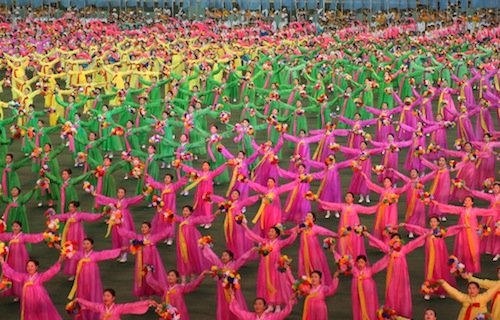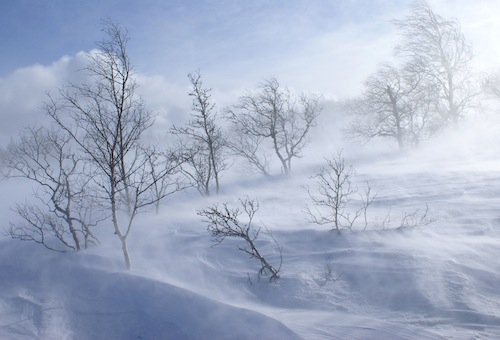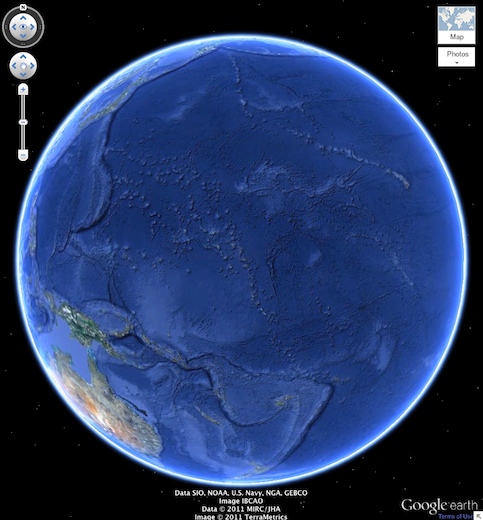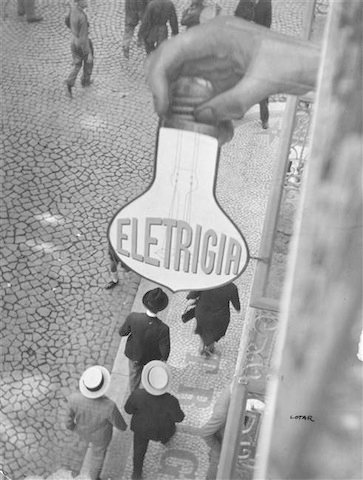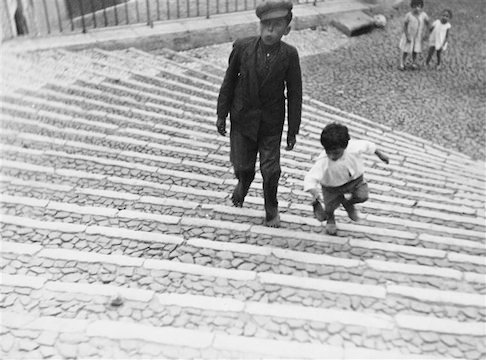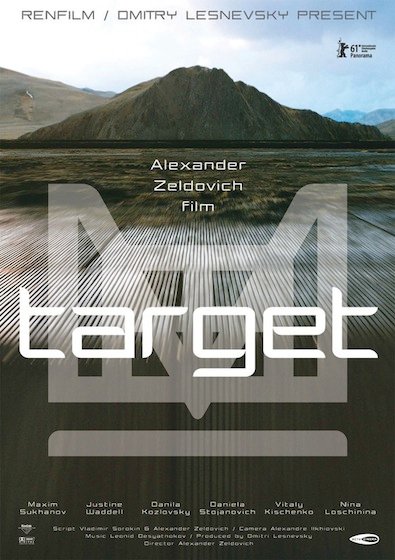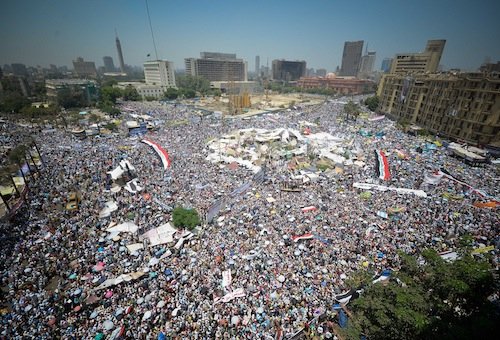I guess if I was a newspaper I would have published this rather earlier to serve as Christmas gift buying suggestions. Still, friends and family be damned, you can always buy them for yourself as New Year presents.
As ever, these are just a handful of the books that I enjoyed this year; for a more comprehensive list you can browse my archives or check out the even more comprehensive list on Goodreads.
The Read The World challenge came up trumps this year with a couple of absolutely cracking books — as well as some deeply mediocre ones. The Ice Palace by Tarjei Vesaas is just a perfect short novel about childhood and landscape and loss. One of the best novels I have read for a long time. And on the non-fiction side, Voices from Chernobyl by Svetlana Alexievich was also brilliant: interesting, tragic, sometimes darkly funny and surreal, and brilliantly written.
The Book of Disquiet by Fernando Pessoa was a genuinely remarkable bit of writing — I can see why people rave about it — but it didn’t give me quite as much pure pleasure because it felt a bit like hard work at times.
Looking back over the year, there are a couple of non-fiction books that stand out less for their literary merit than their topicality: Flat Earth News by Nick Davies, and Treasure Islands by Nicholas Shaxson. Nick Davies is the Guardian journalist whose stories helped bring down the News of the World, and Flat Earth News is his book about British newspaper culture. It was written three years ago, before the latest round of that particular scandal broke, but it still provides plenty of useful insights into the industry. Treasure Islands, a book about tax havens, didn’t actually get me very excited at the time I read it — I only gave it three stars on Goodreads! — but it has been sort of bubbling away at the back of my mind ever since. Especially because, thanks to the Occupy movement and UK Uncut, corporate tax avoidance is very much on the political agenda.
I think Lee Jackson’s anthology, Daily Life in Victorian London, deserves a mention, both because it’s really good — I kept reading bits out to people — and because of what it represents about the rapidly changing face of publishing, as a self-published ebook which is as good as any anthology I’ve read for years.
